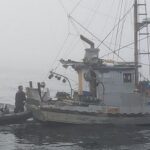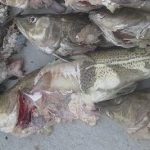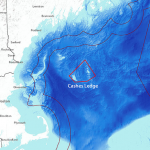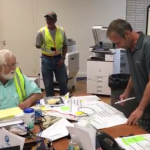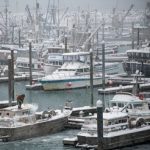Choosing the best wet weather gear for your job
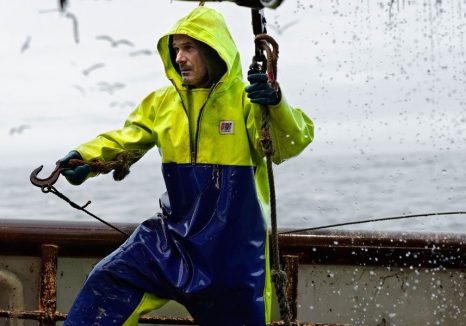 7/24/2017
7/24/2017
Finding and selecting the right wet weather gear will always depend on the task at hand. There’s no one-size-fits-all solution.
If you work in commercial fishing, for example, then heavy-duty clothing will likely be your best bet. This includes things like oilskins and rain-resistant PVC.
But if you work in dairy farming – or just need extra layers for the colder months – then there is a variety of lightweight and mid-weight gear that could be better suited. It all depends on the amount of protection and flexibility you need. You must also consider mobility too. If you have an active job, like a farmer who’s on and off quad bikes all day, you’ll need to prioritise mobility and weight distribution over warmth.
Extreme weather conditions
You can’t predict the weather. But we all know certain jobs face extreme elements, especially if you work at sea or spend time dealing with chemicals.
In these environments it’s best to keep an eye out for certain materials. It doesn’t matter whether you need bib & brace pants, foul weather pants, or a high-visibility smock – it’s the fabric that counts:
● Oilskins
Heavy duty oilskins are ideal if you need protective clothing that’s water-resistant, insulated, and easy to keep clean. The great thing about this material is that it’s been widely used since the 19th century – however, it’s still trusted and used to this day.
● Double-layer PVC
The majority of wet weather gear is made from PVC. But if you want something that really keeps you protected, look for double-layered PVC. You’ll find this commonly used in things like foul weather jackets and smocks.
What’s more, it’s a good idea to choose fleece in-lining if possible. This will help you warm as well as dry.
Mild weather
It’s hard to quantify exactly what constitutes as ‘mild weather’. After all, what’s mild to me might not be the same to you.
Regardless, it’s important to make this distinction for a good reason. Oilskins are well suited to commercial fishing, particularly in winter. So if you need wet weather protection in spring and autumn – or even in summer – then it’s better to choose something lighter and more breathable.
● Single-layer PVC
You’ll still be water resistant. However, by choosing a lightweight option, you’ll find it easier to move on the job.
Don’t worry about losing heat, either. The good thing about single-layer PVC, especially when it’s made into jackets, is you can still layer up underneath. And your skin will still be able to breathe if you need water protection, despite rising temperatures.
When choosing the best wet weather gear for your job, it’s always best to be informed about the specific uses and functionality of the garments you’re considering.
As part of this process, you may see some terms that you’re unfamiliar with. So we’ve put together a brief glossary of the most common terms used to describe foul weather clothing.
Oilskin – This term refers to the old way of making things waterproof. Before scientific waterproof material was invented, fishing professionals would coat heavy cloth with linseed oil to make it waterproof. That’s how oilskins came to be named. It’s also why fishing gear is traditionally yellow – the linseed oil gave the cloth a distinctive bright yellow stain.
Foul weather/wet weather – These two terms are interchangeable and generally vary by geography. They refer to clothing that is designed to withstand regular, persistent heavy water exposure. They’re typically rugged and technical pieces, as opposed to gear that’s waterproof *in case* it rains.
PVC – Polyvinyl chloride, better known as PVC is a synthetic plastic polymer. It’s versatile, waterproof and very strong. The best waterproofs feature PVC.
Neoprene – Neoprene is a synthetic rubber. It’s used in wetsuits. Neoprene is extremely flexible and is a great material for cuffs and collars.
High visibility – This typically refers to something that is brightly coloured and designed to help you be seen in dangerous environments. It’s not to be confused with reflective.
Raglan – This describes a type of sleeve that is one piece of material all the way up to the collar. Raglan sleeves are useful for added mobility and comfort.
Reflective – Reflective specifically refers to material that reflects light to a sufficient degree that you can be seen in darkness. Strips, bands, details and fixtures are often the way to achieve a reflective garment. Visit us @ www.stormlinegear.com

































